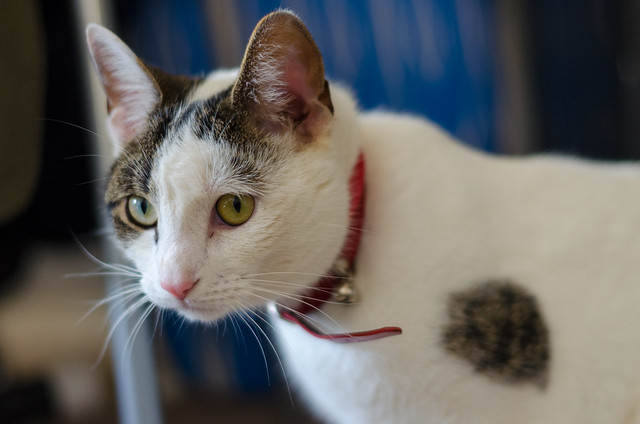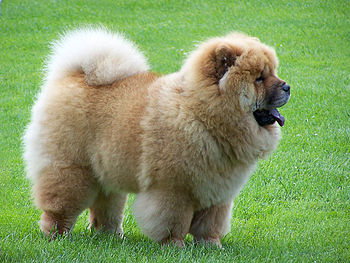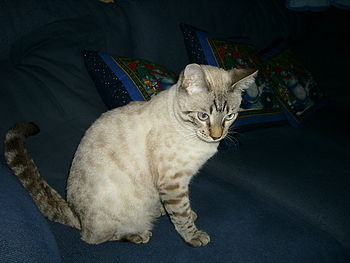 |
| I took this picture of Lilith, a black cat found as a kitten in a supermarket parking lot (Photo credit: Wikipedia) |
But when I brought him home, I discovered he didn’t quite have the courage of the comic book hero. I made some mistakes which resulted in a month-long struggle to coax him out of his hiding place to join the family.
I renamed him Bear, and he is a wonderful cat, but my guests seem a little uncomfortable when he comes into the room. After all, he is completely black.
He is a black cat and some people are afraid of Black Cats…
The Black Cat in History
Historically, black cats have been associated with omens, bad luck and, well...evil.
The poor unfortunate kitties have been used in rituals and were supposedly the "familiars" of witches. Anarchism has used the symbol of the black cat, as has Wicca, the modern day expression of Witchcraft. Superstition has associated bad luck with having a black cat cross your path.
All-in-all, the black cat has been getting some really bad press for centuries, and all of that is not easily overcome in just a few short lines of this article.
Scaredy Cat
A very highly sensitive cat, our new black Bear was far more scared of us than we were of him, and we made a number of mistakes in the first hour of his introduction that practically destroyed our chances for introducing him to our home.
The process of first finding Bear where he had hidden in the house and gradually coaxing him out of his hiding place to join the family was long and agonizing. It took over a month, and I had almost despaired that we would ever acclimate him.
Patience won out, though…
Superstition Dispelled
Since then, Bear has been rolling around on my lap enjoying his daily pettings, sleeping in my bed, yowling at the females he sees from his perch in the kitchen window and just generally bringing a lot of joy to our lives.
He is here to dispel the notion that a black cat means bad luck. He is one of the sweetest cats you'll ever meet, and there's absolutely *nothing* scary about him. And I can tell you for a fact that no bad luck is connected with Bear. He's crossed my path innumerable times, and so far I haven't experienced anything one might think of as "bad luck".
I have to say, though, that on Halloween night he seems to be scared of his own black shadow. But I try to keep him calmed down and happy to be where he is...in my lap purring as loud as he can!
Copyright 2006 John Young


















